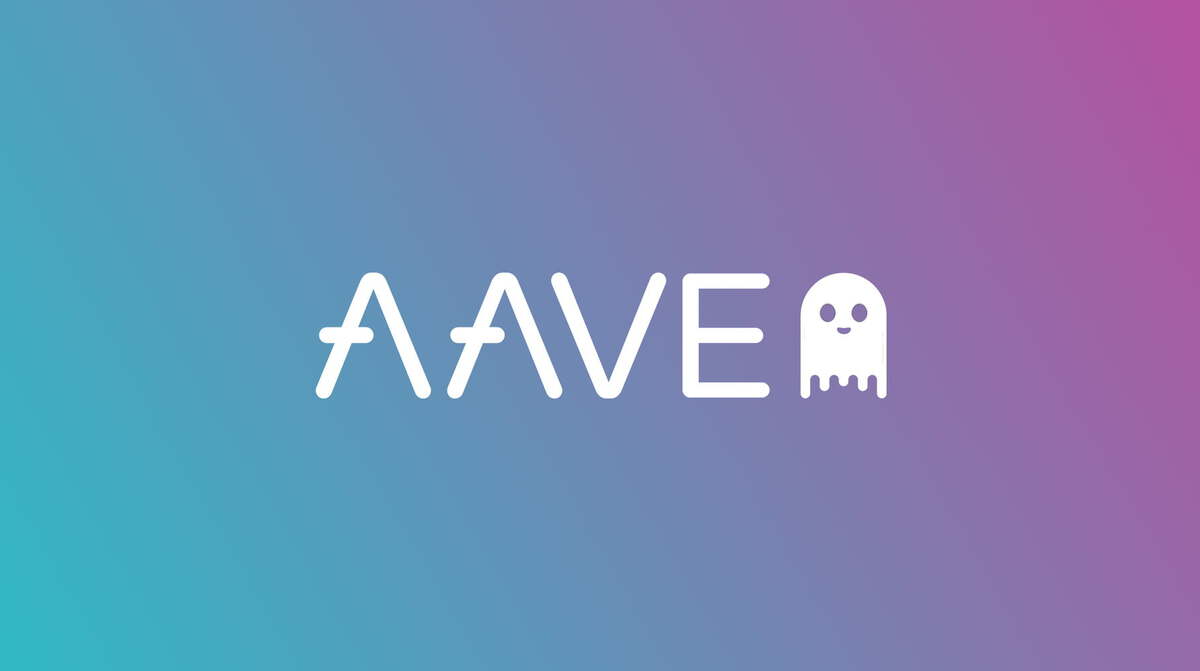- DeFi leader Aave evaluates expansion to Solana with v3 proposal, seeking interoperability and greater crypto liquidity.
- Community decides future of Aave v3 in Solana through transparent and decentralized voting, strengthening DeFi principles.
The Aave community, a benchmark in the world of decentralized lending, is in the review phase of a landmark proposal. This initiative, presented by the Neon Foundation and Aave Chan Initiative, seeks to bring version 3 of the Aave protocol to Neon EVM, a smart contract platform that facilitates the operation of Ethereum decentralized applications (dApps) on the Solana network.
Right now, the proposal is in what we might call the “temperature check.” It is that crucial moment when the Aave community has the opportunity to express its opinions and comments on this ambitious integration that could mark a milestone in blockchain interoperability.
The detailed and forward-looking proposal suggests a gradual introduction of assets and the adoption of conservative risk parameters. The proposed assets include SOL, mSOL and jitoSOL as collateral, and USDC as the only lendable asset. This strategy is presented as a measured way to approach the expansion to Solana, ensuring a solid and sustainable integration.
If the proposal receives community approval, the resulting implementation would allow Aave to leverage the liquidity present in the Solana network to expand its lending services. According to the details provided, a preliminary version of Aave v3 has already been deployed on Neon EVM’s devnet, marking an important step towards the realization of this vision.
However, before reaching this point, it is essential that the proposal gains significant support in the preliminary phase. If it clears this initial hurdle, the next step will be to submit the proposal to a blockchain vote, where the community will decide in a transparent and decentralized manner the future of this expansion.
Aave v3 represents the third key iteration of the Aave protocol, an ecosystem that has made a gradual mark in the world of decentralized finance (DeFi). Operating as a non-custodian liquidity marketplace, this protocol allows users to lend and borrow various crypto assets, thus promoting a more open and accessible financial ecosystem.
Currently, more than $5 billion in total locked value (TVL) is spread across Aave v3 lending pools, spanning 10 different blockchains. Of this total, the majority, represented by $4 billion, is hosted on the Ethereum network, underscoring Aave’s relevance in Ethereum’s DeFi ecosystem.
This move to Solana not only implies a technical expansion, but also highlights the constant evolution and adaptability of the Aave community in response to the changing dynamics of the crypto space. The proposal reflects careful consideration of risks and a well-planned strategy to maximize the opportunities Solana offers in terms of liquidity and efficiency.
Diversification into Solana could not only benefit the Aave community, but would also strengthen the interconnectedness between the various blockchains, paving the way for a more collaborative and borderless crypto ecosystem.
The temperature review phase is a reminder of the importance of active community participation in decision-making, and the subsequent voting process underscores Aave’s commitment to the fundamental principles of decentralization and transparency that have driven its success thus far.
With over $5 billion in LTV, Aave is not only a key system in the DeFi space, but also demonstrates its willingness to explore new horizons and adapt to a crypto market that is advancing every day.

Crypto News Flash does not endorse and is not responsible for or liable for any content, accuracy, quality, advertising, products, or other materials on this page. Readers should do their own research before taking any actions related to cryptocurrencies. Crypto News Flash is not responsible, directly or indirectly, for any damage or loss caused or alleged to be caused by or in connection with the use of or reliance on any content, goods, or services mentioned.
Credit: Source link






























